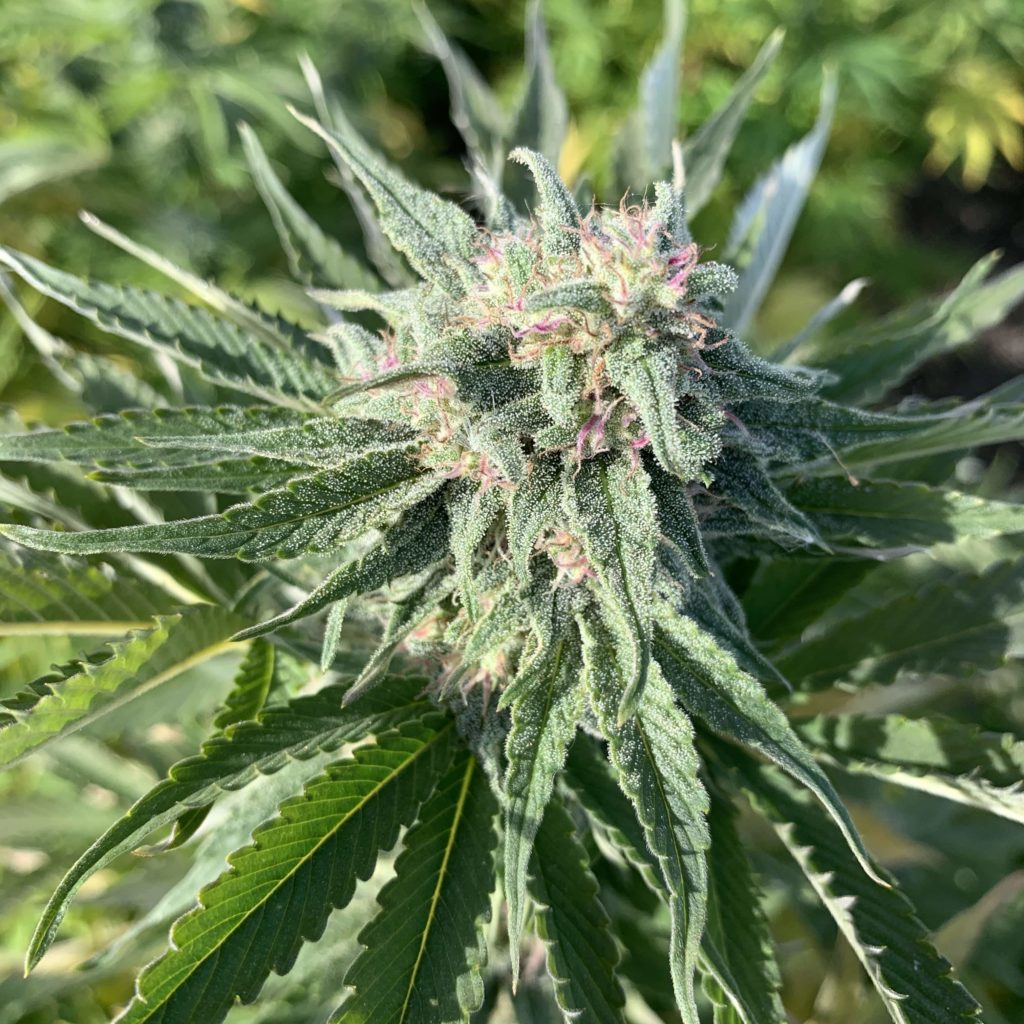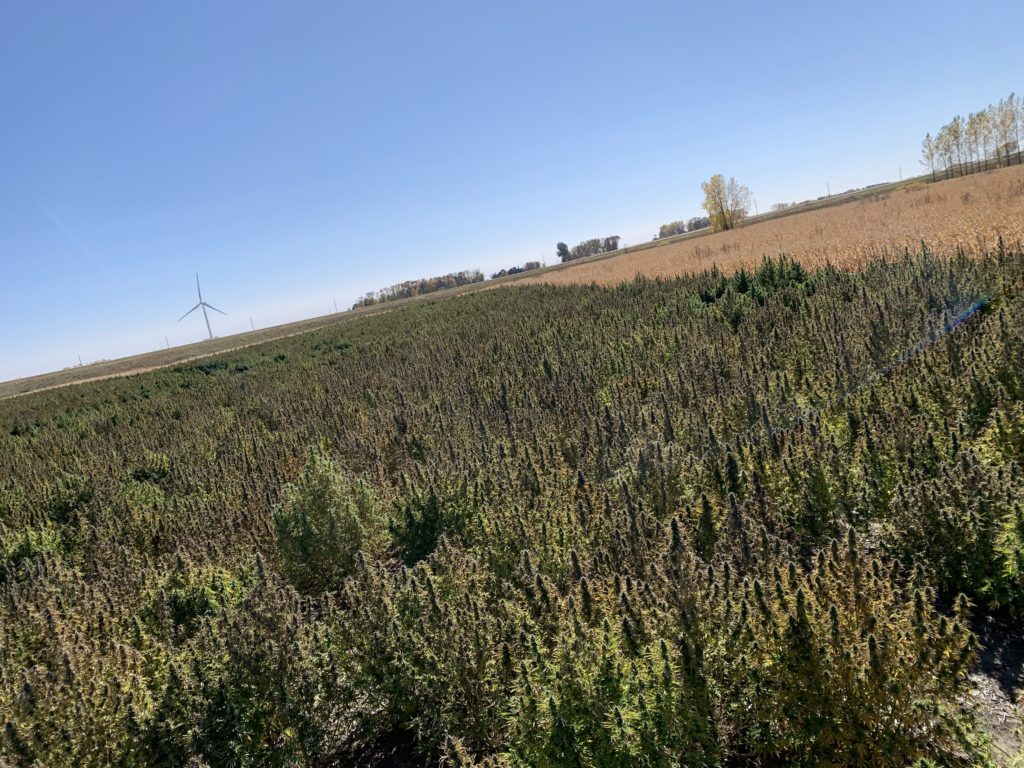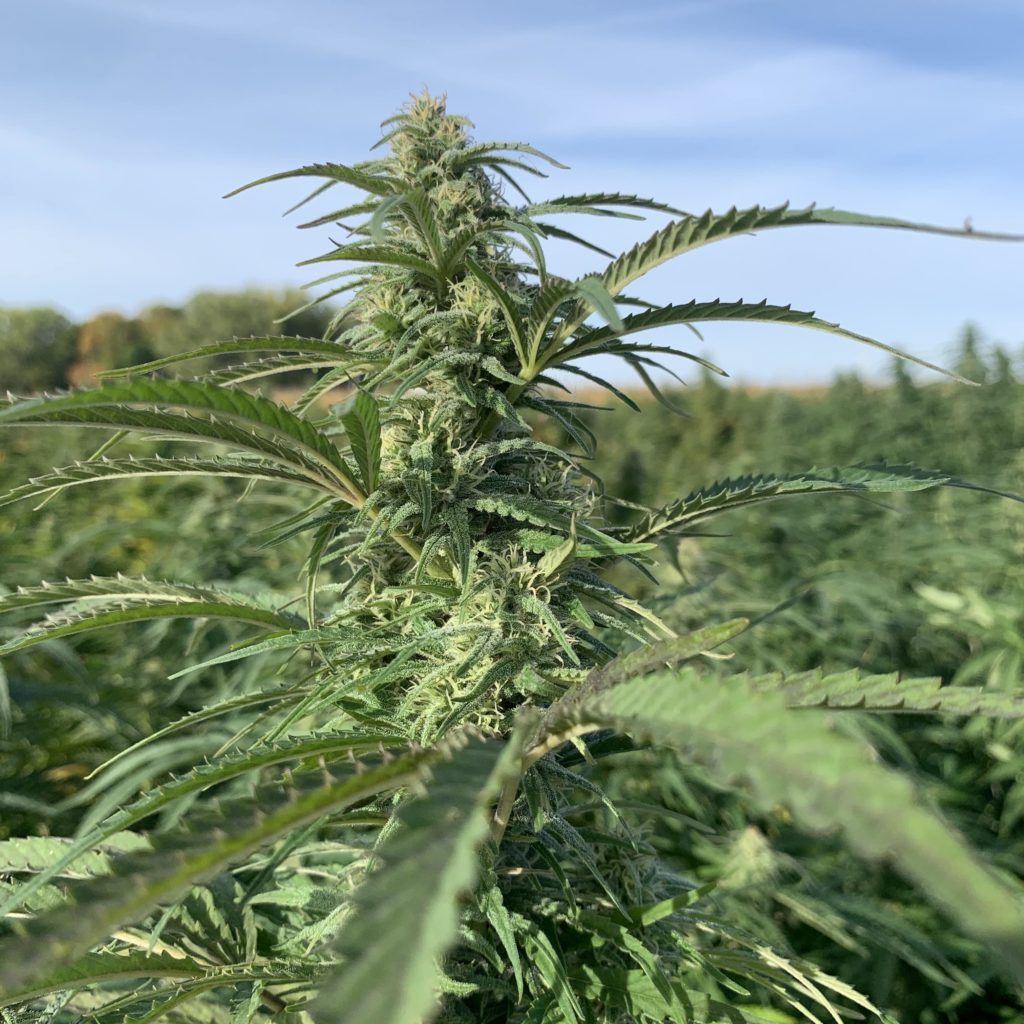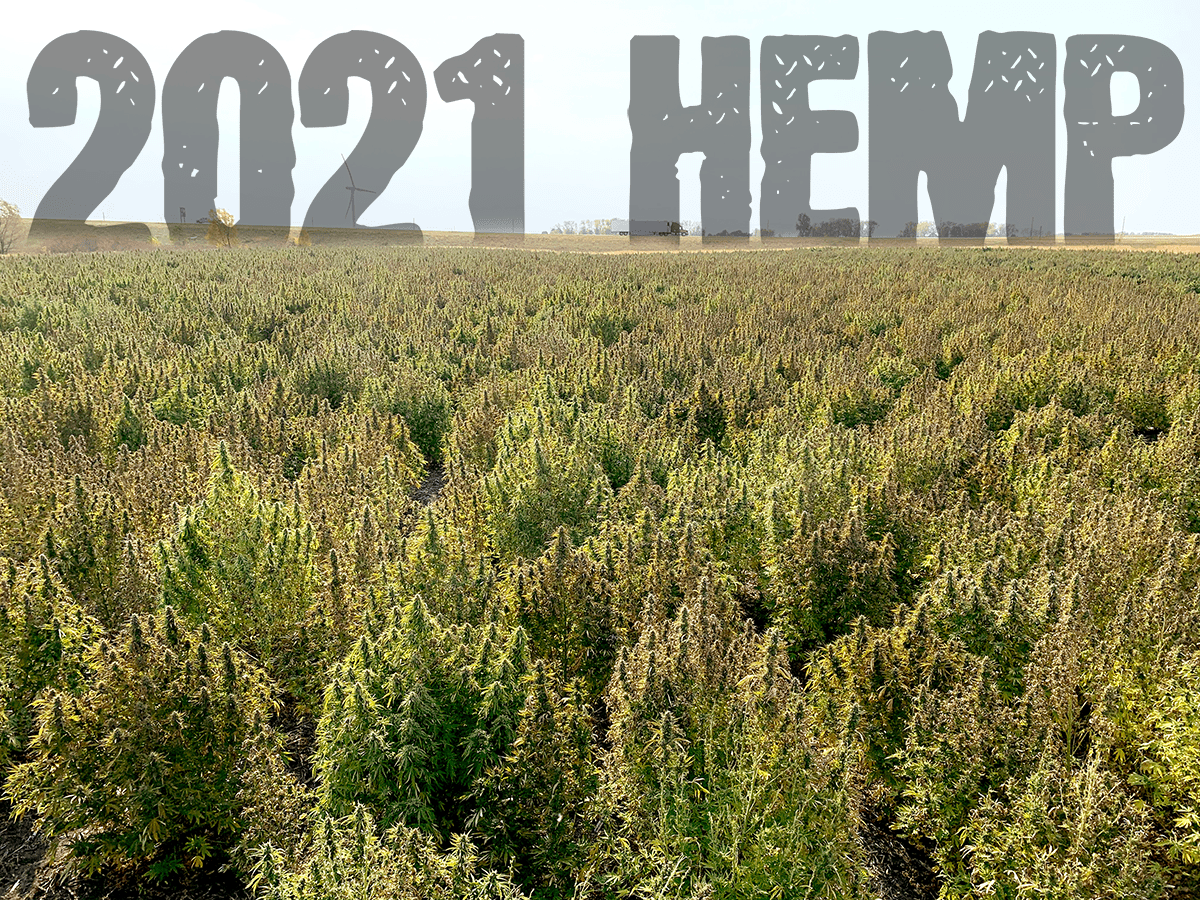
After a tumultuous first two years of legal hemp farming in the U.S., many market participants anticipate – or at least hope – that the 2021 season will take on a more settled character, bringing some routine and less confusion to growing, harvesting, and marketing efforts. In this Hemp Market Insider post, we cover predictions for the coming season from several industry insiders. A more extensive 2021 lookahead – including additional perspectives from the fields of genetics, grain, and shipping – will be included in our upcoming Hemp Spot Price Index Report, to be published on January 27.
Some industry leaders believe this year could be a strong one for hemp, as the crop becomes more integrated into the workings of America’s agricultural sector. “I’m very bullish on hemp; it’s one of those [crops] we can take in a lot of directions as an agricultural commodity,” Blake Butler, Executive Director of the Southeast Hemp Association, told Hemp Benchmarks. “This is the year.”
Brian Koontz, Industrial Hemp Program Manager for the Colorado Department of Agriculture, is looking for market equilibrium in 2021. “We can only speculate that we’ve seen a severe market correction and I hope that it will stabilize,” he told Hemp Benchmarks. “It would show that 2019 was an anomaly in regard to overproduction issues and that venture capitalists will get involved, but it’s still hard to predict.”
Shifting Toward Fiber and Grain
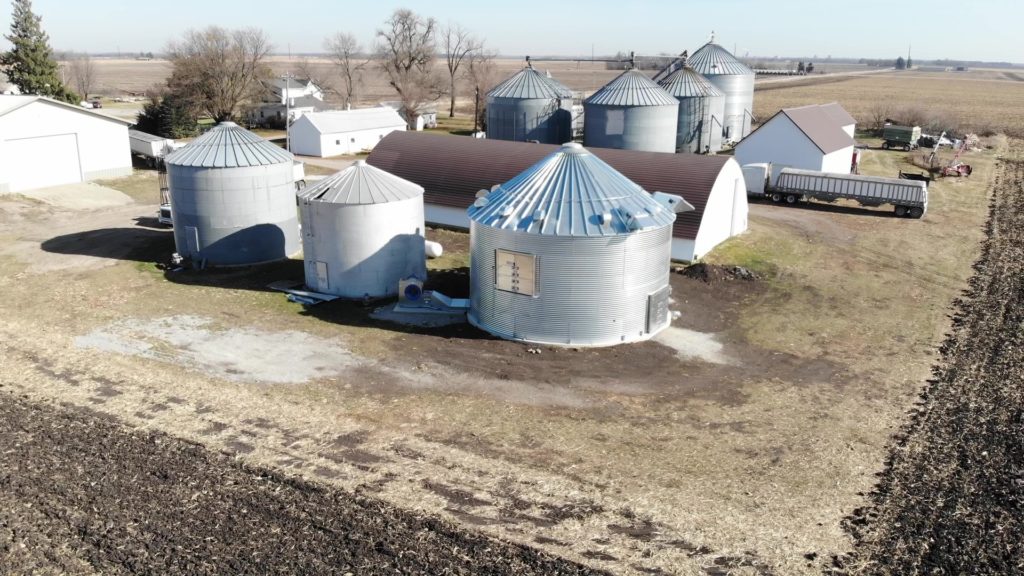
Photo Courtesy: Shivvers Manufacturing
While he expects the hemp-derived CBD market will remain significant, Blake Butler believes it is time for the hemp market to diversify. “In particular we are asking our farmers to switch and grow for fiber,” he added. “That’s a big undertaking, in that we have to be absolutely sure when we do that, that we identify that capital to pay those farmers throughout, as we develop this market. It’s a long game, three to five years, but for us in the Southeast we’re trying to reimagine a textile belt that once existed.” He also expects that, as the southeastern hemp sector grows and matures, more opportunities will develop to partner with larger national and perhaps international companies.
Bob Goltz is Vice President of Sales and Marketing at Iowa-based Shivvers Manufacturing, a leading grain drying products producer. He also senses that the domestic hemp market is transitioning towards grain and fiber, and similarly expects that transformation to take time.
“For fiber itself, there really aren’t a lot of facilities,” he told Hemp Benchmarks. “Fiber is a large volume product, it needs processors close by. The seed [or grain] side is tiny. Catching [grain] at the right moisture takes a lot of education. I believe overall, over the course of the next five years, that hemp will actually migrate more towards those products, more so than CBD, and the biomass will still be a part of it.”
There are some signs that the U.S. hemp grain market is beginning to expand. Ben Brimlow is an agronomist with IND Hemp, a company processing hemp grain into wholesale food products in Fort Benton, Montana, where they are also building out a fiber processing facility. Last year, IND contracted 9,600 acres of grain production from farmers in Montana, Oregon, and Washington State. This year, Brimlow told Hemp Benchmarks that the company could contract up to 20,000 acres for hemp grain production and was interested in expanding to work with farmers in other states, particularly North and South Dakota. Despite reports of declining prices from some grain market participants, Brimlow said he has seen prices hold firm, with strong demand for certified organic grain especially.
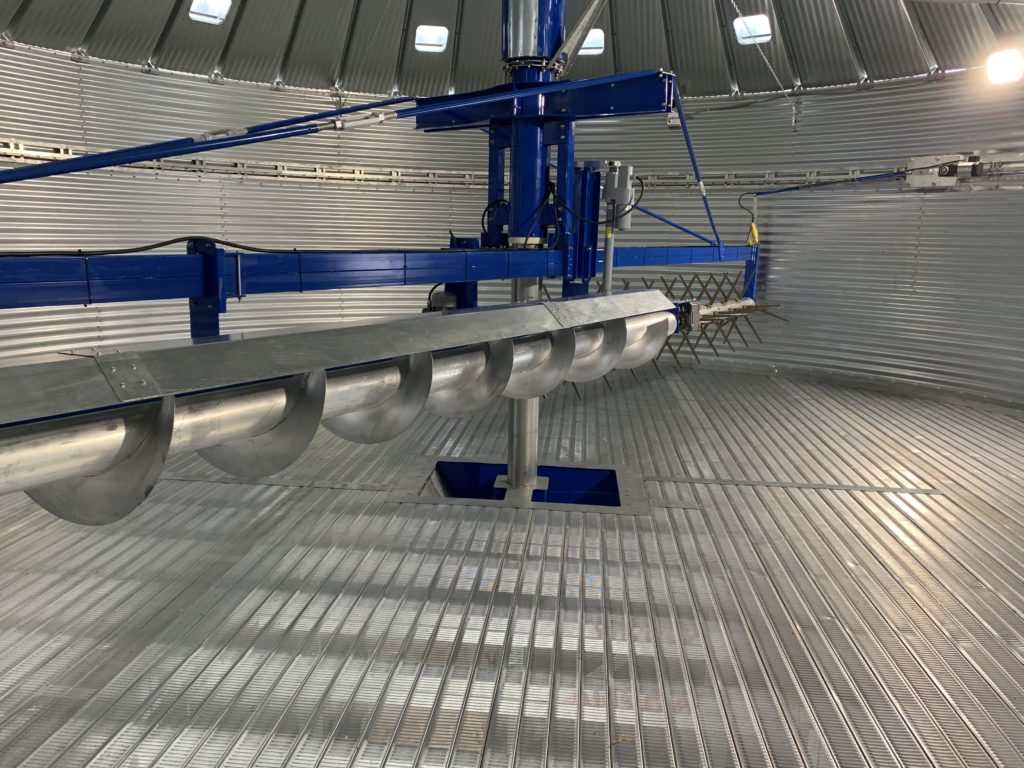
Photo Courtesy: Shivvers Manufacturing
Planning Ahead is Key
Gregory Nicholas, a fourth-generation row crop farmer in north-central Iowa, grew 15 acres of CBD hemp for the first time in 2020. He was very pleased with how his inaugural crop turned out. “We really knocked it out of the park,” he told Hemp Benchmarks. Nicholas said earlier consultations with hemp companies in Colorado, as well as having a probiotic grow, helped his operation avoid costly mistakes. As a result, his crop yielded about 26,000 pounds of plant material after sifting for sticks and stems.
Growing hemp, he added, is similar to corn and bean cultivation but requires more focused observation due to the hemp sector’s still-developing crop genetics. “One thing that caught us off-guard was it emerges from the ground very quickly,” he noted, “and we had very, very uneven emerges.” On the whole, Nicholas considered 2020 to be a very good learning year for his operation. “You’ve got to be proactive with hemp farming; you can’t be reactive,” he said. “You got to see problems coming and make little adjustments.”
Nicholas said he is debating his hemp plans for 2021. “Fifteen acres was a lot of work, more than we thought it was going to be,” he said. His advice to those considering hemp cultivation is to start small. “It’s better for everybody because there’d be less out there, but it will be more high-quality,” he added.
Subscribe to the Hemp Benchmarks Spot Price Index Report for more on this topic, 2021 hemp news, and monthly categorical pricing analysis.
Caveat Emptor
Hemp industry associations, along with some state agriculture officials, are warning the hemp industry to stay alert for predatory vendors and so-called experts peddling scams to farmers. Such potentially ruinous deals can include bad seed purchases and faulty contracts.
2021 marks the first year for hemp as a commercial crop in Indiana, as the state shifted from its research pilot program to its USDA-approved production plan recently. Don Robison, Seed Administrator at the Office of Indiana State Chemist, recently advised hemp cultivators to purchase hemp seed only from companies with state permits. “Securing a permit means you agree to have your seed tested to ensure what is reported on the label is accurate,” he recently told the Purdue University News Service. “This means the seed is tested for percent purity, percent noxious weeds, percent germination and, in the case of hemp, percent THC.”
Kyle Bingham, President of the Texas Hemp Growers Association, warned farmers to be careful of who they work with and to vet counterparties thoroughly. “There are a lot of bad actors,” he told Hemp Benchmarks, “and we see some here already for 2021.”
While caution is merited, Cameron Wylde – co-founder of the hemp genetics company Alterra Hemp in Fort Collins, Colorado – conveyed to Hemp Benchmarks his view that bad actors in the industry are increasingly getting “weeded out.” He noted that Alterra has been focusing on consistency, stability, and hardiness in their genetics and that, overall, hemp seed from reputable companies is more consistent today than in past years.
Speculative Production Still a Risk
Farmers, particularly in states with relatively new hemp programs, are working out how much hemp to grow this year. For example, Ohio had its first year of legal hemp cultivation in 2020. Tim Johnson, with the Ohio Cannabis & Hemp Chamber of Commerce, said many farmers in his state grew too much, while underestimating how labor-intensive the crop can be. “I think a lot thought ‘we will grow, and they will come,’” he told WKBN-TV, “And that just didn’t happen.”
Johnson said he expects more Ohio hemp processing facilities to be online in 2021, with farmers increasingly understanding both the production and marketing necessities of hemp. However, he also expects less hemp to be grown in Ohio this year, due both to the oversupply of hemp-derived CBD and a continued lack of production infrastructure.
That thought was echoed by Kyle Bingham with the Texas Hemp Growers Association. “The manufacturing that we need for the grain and fiber is not here, for widespread production,” he said, “If you don’t have a contract or if you don’t have a home for your hemp, you shouldn’t be growing this year.”
